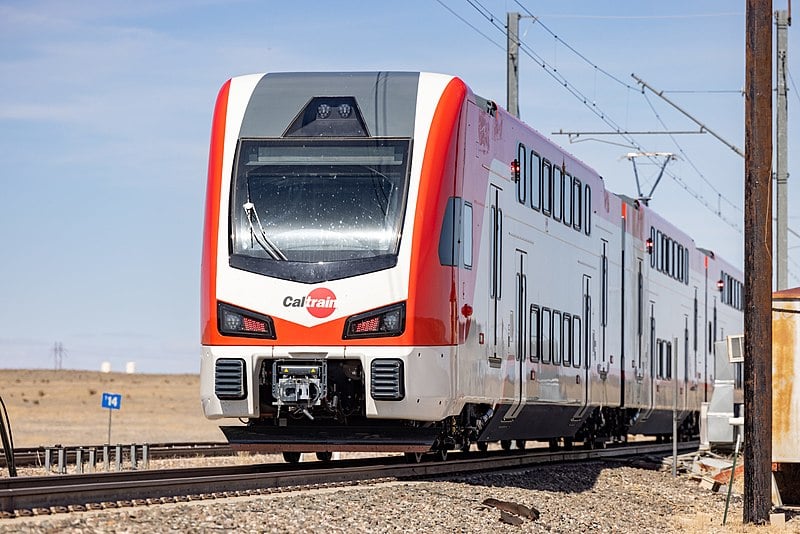Lots of exciting developments on the U.S. passenger-train front. Before year’s end, Brightline service will be inaugurated between Miami and Orlando International Airport. Top speed on the section between West Palm Beach and the latter, 125 miles per hour. This will be the second such domestic operation whose passenger trains will travel that fast. Quite an accomplishment given the fact that the trains themselves will be propelled by diesel-electric technology.
But that isn’t all. According to a recent New York Post article written by Sean Cudahy, plans for an approximately 85-mile-long Orlando-to-Tampa Brightline extension are already being formulated. If 125-mph speeds are applied here as well, the trip time between the two regions could be made in as little as an hour. Compared to automobile travel, there should definitely be a time-savings advantage with the trains.
Wait, there’s more. If all goes according to plan, ground will be broken later this year on Brightline’s high-speed-rail cousin: Brightline West.
Brightline West is proposed for building between Las Vegas, Nevada and Rancho Cucamonga, California for a distance of 218 miles, at least, initially, with a future Rancho Cucamonga-to-Los Angeles Union Passenger Terminal or LAUPT extension planned. The service’s aim, as I see it, is to provide relief for the busy Interstate 15 corridor connecting the Vegas and southern California regions.
Unlike with Brightline, Brightline West is to be fully electric, the line itself to be constructed along the I-15 corridor. As many as 10 million annual passengers and possibly more could be whisked by train between southern California and southwestern Nevada points and that includes intermediate destinations perhaps before 2028, in just five-years’ time when the summer Olympics in the southland area get underway.
Excitement running high as Caltrain nears electrification

In other news, starting in 2024, electrified higher-speed Caltrain passenger-train service between San Francisco and San Jose is due to get underway. Speeds could reach as high as 110 miles per hour and like with the planned Brightline West venture, full electrification would allow for a pollution-free experience. Several of the electric Caltrain trainsets are already in hand and work installing the supporting electrical supply infrastructure is nearing completion.
Getting better all the time
I only need to remind you that against all odds, American freight railroading has seen quite the turnaround, recovering from a state of near-total decay a little more than 40 years ago that today finds itself at the head of the pack – the field’s unequivocal leader. Though not enjoying the same kind of acclaim, at least not yet, the U.S. passenger-train realm is, however, coming back, and stands today on far sturdier legs. Trust me when I tell you there is a revival at hand. Make no mistake.
Moreover, much of the passenger train rolling stock is being manufactured right here at home, a prospect that was practically unimaginable, practically unheard of just a handful of years ago. The tide has definitely turned. U.S. passenger-rail development is in a roll.
If that weren’t enough, the Texas Central high-speed-train program could itself soon be going places, it quite possibly being the next biggest domestic passenger-rail effort coming down the line.
Exciting times are these. Exciting times indeed!
Above and corresponding, connected home-page-featured images: Peninsula Corridor Joint Powers Board via Wikimedia Commons
– Alan Kandel
Copyrighted material.
Good news!!
Europe never forgot the importance of trains to its economy. The industry in the U.S. was, at one time, almost moribund. Fortunately, there were enough – and the right – people who had the presence of mind to see to it that failure in this regard wasn’t an option. The comeback has been nothing short of spectacular if not inspirational!